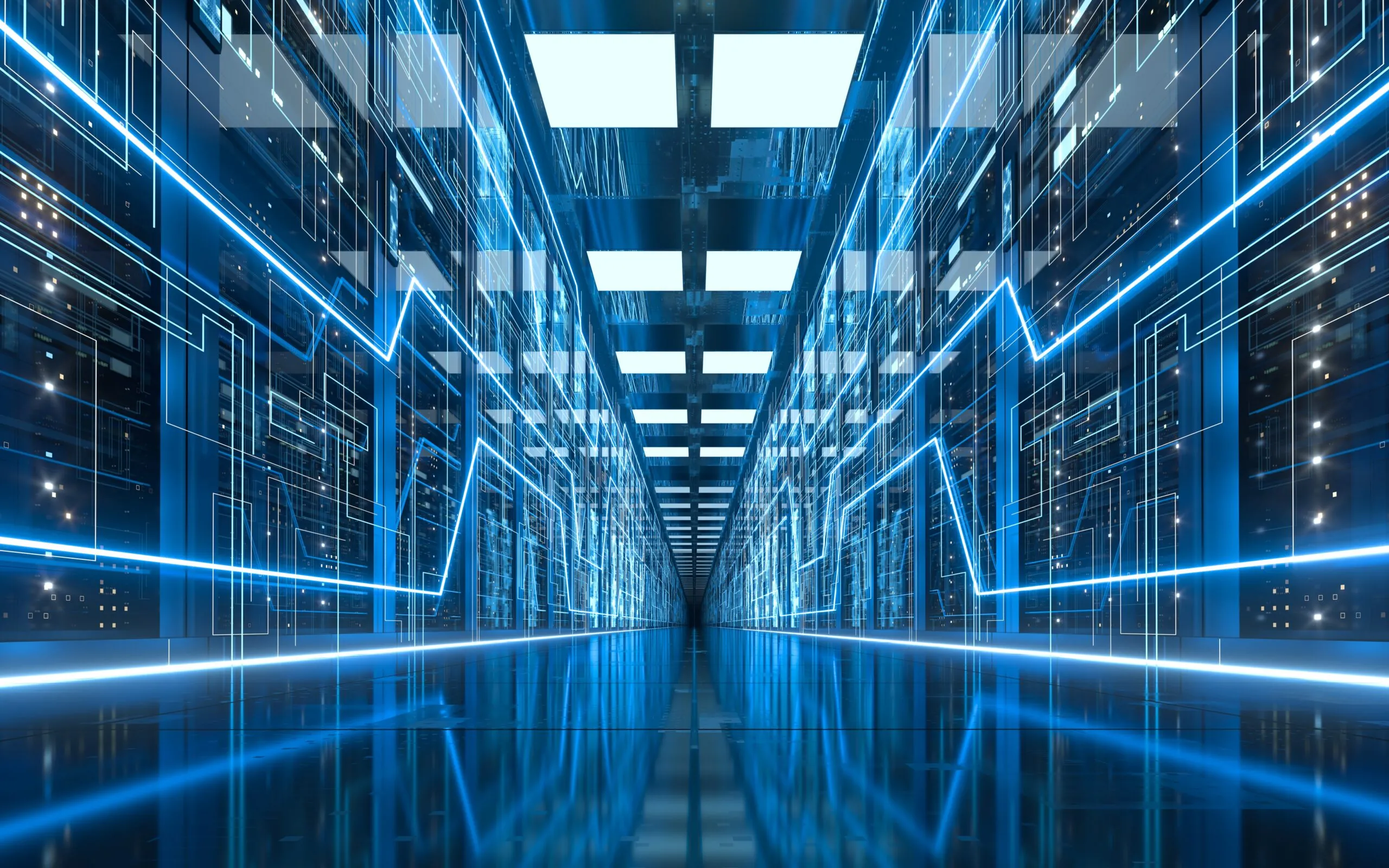Why Demanding AI Workloads Need to Be Isolated in Their Own Environment Within the Data Center19 min read

5G is a technology that I’ve been following very closely for some time. As the potential next iteration of connectivity, 5G solutions have been marketed and talked about quite a bit. But is this really just a marketing fad? Will these technologies hit the mainstream?
The short answer is yes. Beyond 4G LTE solutions, there needed to be an evolution around how we connect and share rich content and critical workloads. So, since the first 5G network went live in April 2019, there have been quite a few advancements and updates already.
According to Ericsson, towards the end of 2020, 5G numbers were already pouring in:
- 92 commercial networks in 38 countries
- 150 million 5G subscribers in China
- 320 million 5G subscribers forecasted in the US by the end of 2025
- 8 million 5G subscribers in South Korea – with close to 30 percent of the country’s mobile 5G data traffic in July 2020 being generated by only 11.3 percent of subscribers
- 6 times higher 5G data usage compared to 4G subscribers in South Korea
According to Gartner, 5G was one of the main drivers for mobility in 2020, with the market for 5G infrastructure hitting more than $4 billion, with two-thirds of companies deploying 5G in 2020.
As far as real-world adoption, there have already been some pretty unique use-cases. Switch, my organization, recently partnered with Dell Technologies, FedEx, to deliver edge computing nodes and services. The idea is that edge computing and 5G will acquire a more distributed network with various points of presence. The exciting business play here for partners like FedEx is that private wireless networking is arguably the newest and hottest trend in the 5G industry. This allows enterprises like FedEx to construct their private networks for their internal uses. So, logistics, but even faster and way smarter.
Outside of new and emerging edge solutions, 5G is poised to change how we game, work, and enjoy life. For example, innovative startups are finding new ways to leverage 5G connectivity and create diverse new use-cases. This includes immersive Multiview eSports streaming to the world’s first 5G VR headset.
Beyond really cool wearable 4K live-streaming gear and augmented reality solutions, 5G will significantly impact everyday life and our business world. Consider these use-cases:
- Industrial IoT, Connected Machinery and Equipment. A recent report from Nokia indicated that over three-quarters (77%) of respondents found the use case of connected equipment and cloud-connected robotics appealing, as they are vital enablers of Industry 4.0. Responding companies noted that leveraging 5G alongside connected IIoT allows them to “readily visualize the benefits of 5G for real-time monitoring and remote control of machines they can’t currently control remotely.”
- More Real-Time Data for Better Decisions. We’ve already discussed ‘Mist’ computing in a previous blog, where we try to connect to the edge’s furthest reaches. Real-time data plays a critical role within critical infrastructure. So, healthcare, power utility grids, and even governments can access better real-time data to make sometimes life-saving decisions. Other environments like retail and logistics can benefit greatly as well from less latency and faster speeds.
- Autonomous Vehicles. If you haven’t heard, GM plans to exclusively offer electric vehicles by 2035, ending production of its cars, trucks, and SUVs with diesel- and gasoline-powered engines. That’s huge because, in automotive years, that’s basically tomorrow. According to a Goldman Sachs recent report, fully autonomous cars are being tested on roads today, and the first commercially available semi-autonomous cars could be on the road in the next 1-2 years. In January 2020, Samsung and BMW showcased the companies’ efforts in connected cars at the Consumer Electronics Show, revealing the 5G TCU (Telematics Control Unit). The TCU will be included in the BMW iNext, coming in 2021. Why is this all-important? The lack of a robust 5G network is one reason why autonomous cars are not a more common sight on the road. With the power of 5G, connectivity needs like remote diagnostics, operating system updates, predictive maintenance, in-car payments, and fleet management will become a reality.
- Smart City Applications. Already, cities worldwide are testing out 5G capabilities to allow them to run more efficiently and serve the public more effectively. For example, Virgin Trains has been testing out 5G-powered Wi-Fion its trains. To ensure that their city’s trains are 5G-enabled, a new partnership between the San Francisco Bay Area Rapid Transit District (BART), the fifth busiest public transportation system in the US by passenger numbers, and Mobilitie, the largest privately-held wireless infrastructure firm in the nation happened. IoT sensors that enable Smart Cities could send data more quickly over 5G networks. This can help alert city officials of problems, notify commuters of traffic conditions, or even notify people of open parking spaces. There are so many applications for a 5G connected city that it would require an entire blog on its own to cover the use-cases.
- Improved Healthcare Solutions. This is one of those situations where 5G solutions can be life-saving and life-changing. For example, O2 has developed a deal with Samsung and the NHS to test out “smart ambulances” equipped with 5G technology. The goal will be to deliver new services such as real-time video technology and high-quality scanners. Outside of smart ambulances, telemedicine services will become faster and more reliable through 5G connectivity. This is especially the case as our industry aims to reduce ‘connectivity deserts.’ When it comes to healthcare, this translates to extending those critical health services out to rural areas and other remote locations.
- Immersive Experiences. In the Nokia report we referenced earlier, 55% of those surveyed addressed the appeal of immersive technologies such as VR (virtual reality) and AR (augmented reality). Here’s the catch: about half that number are currently making use of these technologies. This is where 5G-led innovations are making a big difference. A recent Ericsson post indicates that 5G will have significant implications on how we leverage immersive experiences. This includes:
- Hardware
- Multiplayer AR gaming headsets and handsets
- 4K live-streaming wearable camera
- Software
- AR media and immersive video content apps
- 3D AR edutainment apps
- AI-driven 5G live sports event streaming
- Global edge reflector networks for collaborative apps and games
- Hardware
(I’m looking forward to the AR-enabled Star Wars show!)
Final Thoughts
It’s essential to take a look at all of this and know that data and services sit at the heart of 5G and new communications strategies. 2020 showed us that we are a larger part of this digital economy than many may have thought previously. We are dependent on our connectivity. In fact, a recent ConsumerLab research report showed that the fastest-growing mobile app categories during the COVID-19 period had been linked to remote working, education/e-learning, and wellness. That same report indicated that 6 in 10 US workers still expect to switch to video-based conferences permanently. Similarly, the same amount stated that online healthcare consultations would replace physical visits to the doctor.
5G will become a new means of advanced communication and connectivity. The exciting part here is the vast use-cases that will make our lives better. Regardless of your industry, 5G solutions may be impacting your business and your life soon. Take the time to work with your partners and solutions providers to learn where 5G can make a real-world impact in how you communicate.
Real-time monitoring, data-driven optimization.
Immersive software, innovative sensors and expert thermal services to monitor,
manage, and maximize the power and cooling infrastructure for critical
data center environments.
Real-time monitoring, data-driven optimization.
Immersive software, innovative sensors and expert thermal services to monitor, manage, and maximize the power and cooling infrastructure for critical data center environments.

Drew Robb
Writing and Editing Consultant and Contractor
0 Comments